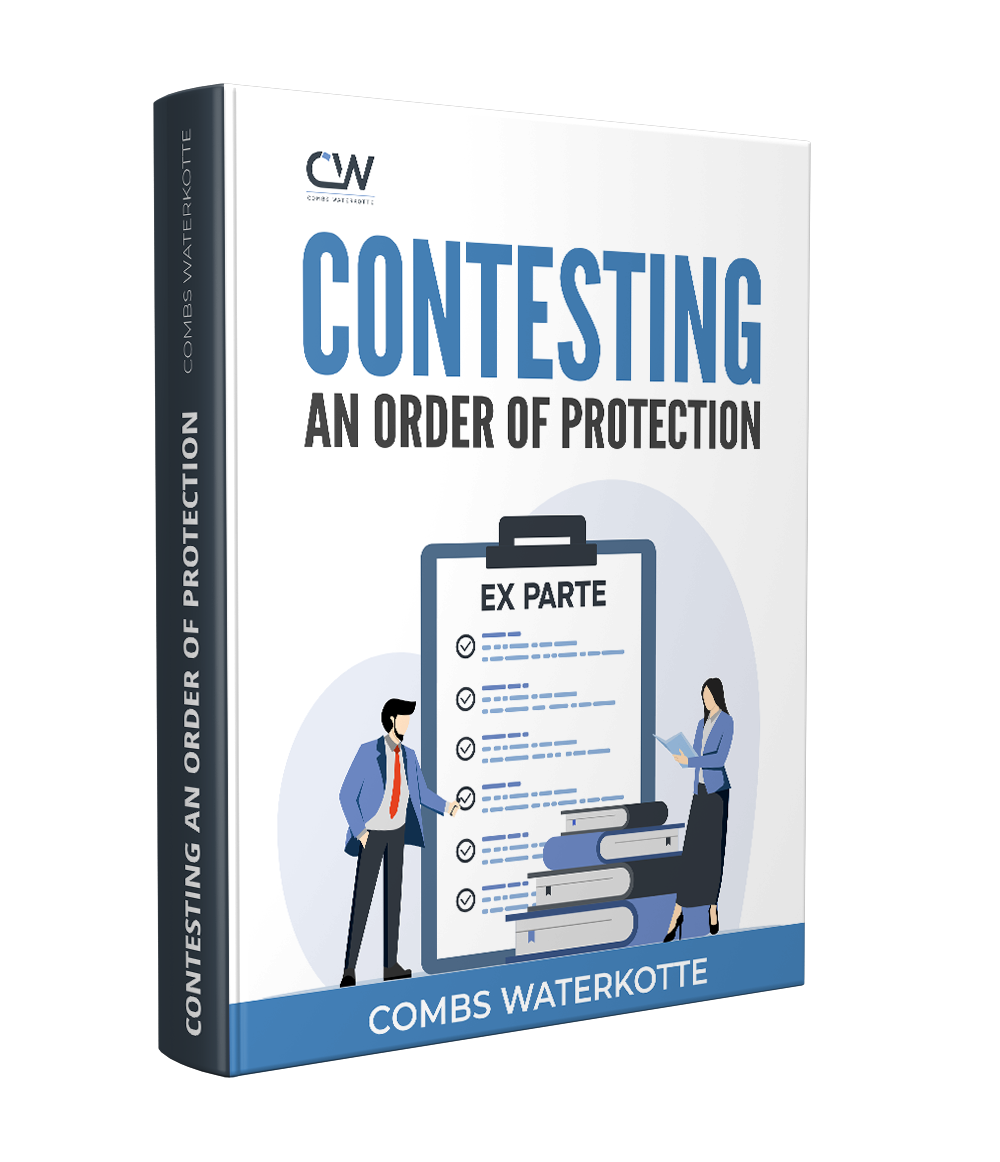What Are Common Reasons Orders of Protection Are Granted in Missouri? In Missouri, orders of protection are granted to provide legal safeguards to individuals who face threats or have experienced abuse, harassment, or stalking. Judges issue these orders when they believe a person (the petitioner) is in danger of harm from another individual (the respondent). The petitioner must demonstrate specific reasons or incidents to convince the court that protection is necessary.
If you’ve been served with an order of protection, it’s important to remember that the court does not automatically believe what the petitioner alleges. With the advocacy of a skilled St. Louis order of protection defense lawyer, you can tell your side of the story and keep your rights and freedoms intact.

Common Reasons for Orders of Protection in Missouri
Below, we’ll talk about some of the most common reasons orders of protection are filed and granted in Missouri:
Domestic Violence
One of the primary reasons orders of protection are granted is to prevent further domestic violence. Domestic violence includes physical, emotional, sexual, or financial abuse by a family member, intimate partner, or household member. To obtain a protection order, the petitioner must provide evidence of past or ongoing abuse that could include:
- Physical Abuse: Injuries, threats of harm, or physical assaults like hitting, slapping, or choking. Even if the injuries aren’t severe, any instance of physical violence can be grounds for an order of protection.
- Emotional or Psychological Abuse: This can include threats, intimidation, manipulation, or coercion that makes the petitioner fear for their safety. Emotional abuse often leads to physical violence or serves as a form of control.
- Sexual Abuse: Any non-consensual sexual activity or coercion to engage in sexual acts can justify a protection order, especially when accompanied by threats or physical force.
Stalking
Stalking is another common reason courts grant protection orders. Stalking involves repeated unwanted contact or harassment that causes the petitioner to feel afraid or unsafe. Examples of stalking behaviors include:
- Unwanted Phone Calls, Texts, or Messages: Even if there’s no explicit threat, constant communication that the petitioner does not want can constitute stalking.
- Following or Surveillance: If the respondent is repeatedly seen near the petitioner’s home, workplace, or frequented locations, this can demonstrate stalking behavior. Acts like showing up unexpectedly or tracking the petitioner’s movements may be considered serious threats.
- Leaving Unwanted Gifts or Notes: Even seemingly innocuous gestures, such as leaving notes or gifts, can be classified as stalking when they are unwanted and create fear.
Harassment
Harassment refers to any behavior that is intended to annoy, threaten, or disturb someone. It can be verbal or non-verbal and doesn’t always have to include physical violence. Harassment might involve:
- Threatening Behavior: Any form of threats, whether physical, emotional, or psychological, can be considered harassment. Threatening to harm the petitioner, their family, or their property could lead to a protection order.
- Abusive Language or Name-Calling: Consistent verbal attacks or abusive comments that create emotional distress can lead to legal protection.
Harassment cases often overlap with stalking, especially when the harassment involves constant contact, verbal threats, or cyberstalking.
Sexual Assault
Protection orders are often granted to individuals who have been victims of sexual assault. Sexual assault refers to any unwanted sexual contact, which can range from unwanted touching to rape. Courts take sexual assault claims seriously, and petitioners who have been assaulted typically receive protection to prevent further harm.
- Non-Consensual Sexual Acts: This can include a wide range of activities from inappropriate touching to more violent forms of sexual assault.
- Threats of Sexual Violence: Even if no physical assault occurred, threats of sexual violence can justify a protection order.
Child Abuse or Endangerment
If a petitioner can show that their child is in danger due to abuse or neglect by the respondent, they can seek a protection order on behalf of the child. Child abuse can take many forms, including:
- Physical Abuse: Injuries or harm to the child, even if they are minor, can lead to protection orders.
- Emotional or Psychological Abuse: Patterns of verbal abuse, intimidation, or manipulation directed at a child.
- Endangerment: Putting the child in dangerous situations, neglecting their basic needs, or exposing them to harmful environments.

Free book
Telling Your Side of the Story: Contesting an Order of Protection
We specialize in defending individuals served with orders of protection in Missouri. We’ve published this ebook to help you understand the process, build a solid defense, and protect your rights.
Served With an Order of Protection? Call Combs Waterkotte
Orders of protection are granted for a variety of reasons, but that doesn’t mean you’re automatically guilty of the allegations. Petitioners must provide enough evidence to demonstrate that protection is necessary, and respondents have the right to challenge these claims during the hearing process.
If you’re facing an order of protection in Missouri, contact us online or call (314) 900-HELP for a free consultation. We’ll help you understand your rights, build your case, and guide you through the legal process to ensure your rights and legal standing are protected.






